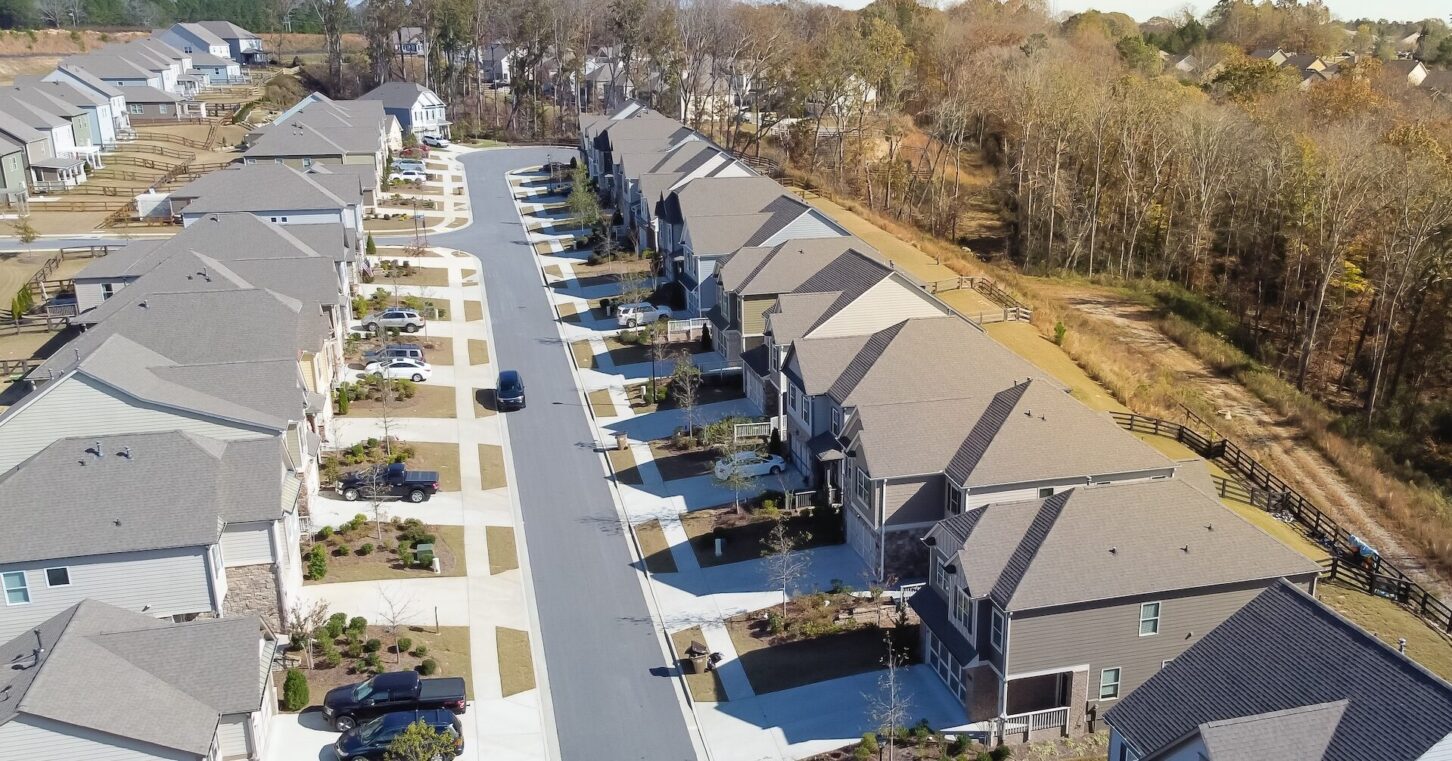
Atlanta, like most metro areas, has seen its home prices fall since peaking in the summer of 2022. This recent decline obscures the long-term trend: Atlanta’s home prices have risen 178% over the past decade, with low price tier homes rising by 230%. The national numbers are 127% and 141%, respectively. Atlanta’s home price growth far outstrips wage growth and reflects a failure to address the growing housing shortage – 100,000 units in 2019, according to Up for Growth. The price decline now underway is expected to be modest, still leaving many entry-level and blue collar workers priced out of the market.
What is needed is a market-based solution that can restore affordability in a steady but meaningful way. To diagnose the cause and fashion a solution, we can use the 13 locally-focused tools in HEAT, the AEI Housing Center’s Housing and Economic Analysis Toolkit.
A light-touch solution for Atlanta’s housing shortfall and affordability crisis
One tool AEI uses to measure the ability of blue-collar workers to buy a home is the Carpenter Index, which asks: “Can the people who build homes afford to live in them?” As recently as 2012, the answer to that question in Atlanta was a resounding “yes.” The average carpenter (our proxy for blue-collar workers) could afford 99% of Atlanta’s entry-level homes. However, the cost of Atlanta’s lowest-priced homes has more than doubled since then, while carpenter household incomes increased 11%. As a result, in 2021, just 37% of Atlanta’s entry homes remain affordable for blue-collar workers with an income of $72,000.
Atlanta’s affordability crisis is a simple matter of economics 101. AEI’s Metro Supply/Demand tool conclusively pushes back against supply skepticism – yes, adding more supply does allow home prices to grow at a pace more in line with wage growth. However, like many of the nation’s metro areas, Atlanta has failed to build enough housing supply to meet growing demand due to additional workers, with the result being much higher prices. Despite employment growth of 3.1% per year (from 2012-2019), Atlanta has only added 1.1% to its housing stock annually (from 2010-2020).
Notably, Atlanta remains relatively affordable to higher-income workers, which is reflected in the AEI Tech Worker Index tool. Tech workers act as a proxy for highly paid white-collar workers – in this case households with an income of $152,000 (2021). These households can afford 78% of homes sold in 2021.
Light Touch Density (LTD) can resolve this supply and affordability conundrum. LTD includes duplexes, triplexes, townhomes, smaller lots, lot splits, and accessory dwelling units. It solves this conundrum with the following emphases:
- Modest increases in density both for new subdivisions and as infill for existing single-family homes
- Restoring property rights to homeowners allows them to convert to a higher and better use and monetize excess land
- Building more mid-price housing allows filtering to ease pressure on the low end of the market
- Gradual, as opposed to immediate, increases in development
How light touches create massive benefits
LTD increases housing in two ways: greenfield and infill (i.e. new and existing housing) opportunities. Our As-Built Density tool analyzes trends in new greenfield development and the LTD Supply Estimates tool provides the resulting added supply. Atlanta can accomplish substantial increases in housing supply with modest and often largely unnoticeable decreases in lot sizes for new developments. In 2019, the Atlanta metro built nearly 20,000 single family homes. With, for example, a light-touch goal of increasing as-built density by two units-per-acre, this would’ve added an additional 10,000 homes, a 50% increase. Over 10 years 100,000 units would be added – almost exactly Atlanta’s current housing shortage.
The LTD Supply Estimate tool also is useful to assess infill development potential. Permitting duplexes, triplexes, townhomes, lot splits, and accessory dwelling units in single-family neighborhoods would allow property owners to build additional LTD units on their lot. Previous AEI research indicates that, where legal, roughly 2 percent of owners per year would take advantage of the opportunity. In Atlanta, we estimate that this would add 38,000 additional units over ten years, but this will only occur if the process for doing so is simple, easy, and inexpensive. This also requires light touch permitting and processing.
Together, new and existing LTD opportunities add up to 138,000 new units over 10 years – a 10% addition to the existing single-family housing stock in the Atlanta metro. This could help resolve Atlanta’s housing shortage and meaningfully alleviate the upward price pressure currently faced by entry-level buyers. By unleashing the swarm of small additions to supply, LTD can dramatically reduce the supply crisis and produce naturally affordable housing, without the need for a single dollar of housing subsidies. And, most important of all, with LTD Atlantans can help secure a better housing future for their children and grandchildren.